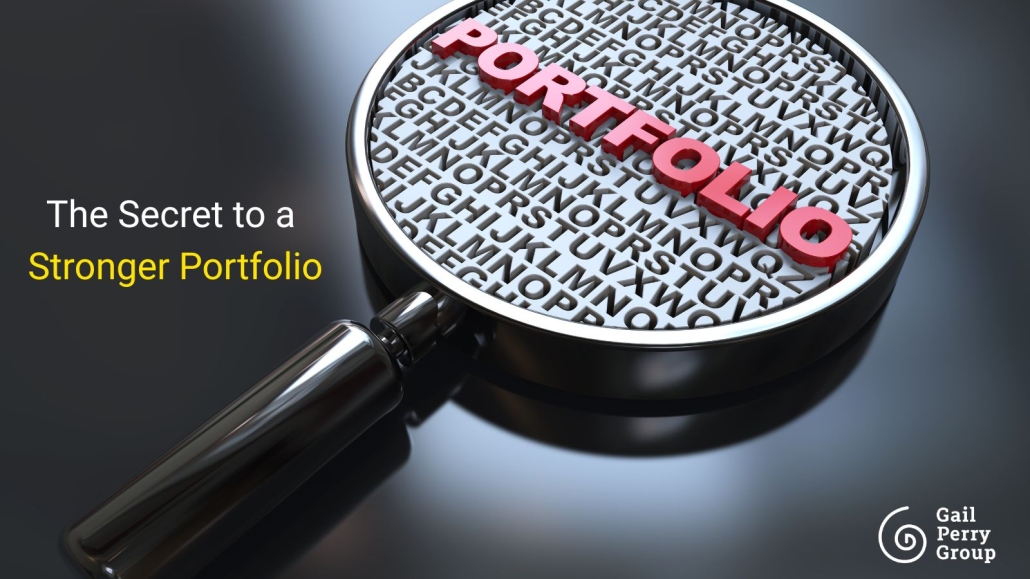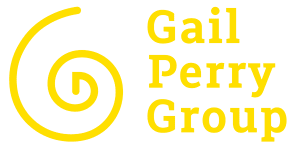Mastering Portfolio Management: How to Focus on Donors Who Will Actually Give

We’re seeing this issue across the board – from lean nonprofits with one development officer to large universities with seasoned advancement teams.
Major gift fundraisers everywhere are facing the same dilemma: too many prospects, not enough time.
In smaller shops, portfolios can balloon because every possible donor ends up on the list. In larger institutions, MGOs are handed 150–200 names and told to manage them all.
In both cases, the outcome is the same. Donors don’t get the attention they deserve. Top donors are lost in the shuffle. And major gift revenue suffers.
That’s why portfolio management matters.
Receive expert advice. Direct to your inbox. Subscribe
It may sound technical, but at its heart, portfolio management is about focus.
It helps you spend your precious time with the donors who are most likely to give — and give generously.
And when you do that, fundraising results accelerate.
Why Portfolio Management Will Make You More Successful
Our clients tell us that portfolio management transforms their work. And here’s why:
- Setting Priorities – Instead of chasing too many names, you can easily zero in on the highest-return prospects.
- Personalization – You can craft customized strategies that align with your donors’ interests and values.
- Stronger Relationships – You can offer regular, meaningful communication that builds stronger connections with key donors.
- Better Accountability – Metrics don’t lie! They add clarity and point you in the right direction.
The bottom line? Portfolio management keeps you focused on the highest ROI potential available at any moment in time.
The 10-20-30 Portfolio Management Approach
Back when I was Chief Development Officer at UNC’s Kenan-Flagler Business School, our team had the same problem many of you face today: too many promising donors, not enough time.
So we built a simple structure – the 10-20-30 Portfolio Management Approach.
Find out how we can help you achieve your fundraising goals with world-class consulting and custom training.
- Top 10 Prospects – Closest to making a gift. They get your highest level of attention.
- Next 20 Prospects – Highly engaged. Almost ready for an ask.
- Next 30 Prospects – Interested and promising, but need more cultivation.
- Back-burner Prospects – Early-stage or unqualified. Keep them warm, but don’t over-invest.
This framework gave us focus. It helped us raise $50+ million for the McColl Building at UNC — and it kept our team from burning out.
We see the same thing happening with clients today. When they narrow down to a manageable Top 60, the fog lifts. Suddenly, portfolios feel realistic, not impossible.
The Stages of a Major Gift Portfolio
Every prospect in your portfolio will fall into one of four predictable stages. The key is knowing where they are today – and how to move them forward tomorrow.
1. Qualification
At this stage, you’re still figuring out if someone is a real prospect.
Do they have the capacity? Do they have an interest? Do they care about your mission?
If the answer is no, they don’t belong in your major gift portfolio. Move them back to annual giving and replace them with someone who’s a better fit.
This is where many portfolios break down. Too many unqualified names clog up the list, leaving MGOs chasing people who will never give.
That’s why qualification is the engine of moving your donors forward and reaching your fundraising goals.
2. Cultivation
This is where most donors in your portfolio will sit. Once you can identify capacity and interest, then you can narrow down the details:
- Which program or project excites them?
- What size of gift might they consider?
- How and when might they want to make it?
Cultivation is about learning and aligning. You’re helping donors see where their values connect with your organization’s vision.
3. Solicitation & Negotiation
At this point, all the puzzle pieces are nearly in place.
The donor is ready for an ask — and, importantly, expects it. Sometimes negotiation comes into play: the amount, the timing, the recognition.
But when cultivation has been thoughtful, the solicitation feels natural, not forced.
4. Stewardship
Once a gift is made, the real work begins.
Recognition is not optional — it’s the bridge to the next gift. Stewardship keeps donors inspired, connected, and ready to invest again.
It’s also the moment where the donor’s trust is either strengthened or lost.
Why These Stages Matter
Our consulting team reminds clients that portfolios should never remain stagnant.
Prospects are always in motion — in, out, forward, or backward. That’s healthy. A stagnant portfolio is a warning sign.
By staging your portfolio clearly, you create accountability. You know who is being qualified, who is being cultivated, who is ready for solicitation, and who is in stewardship.
It’s a living system, not a static list.
The Decision Variables You Can Influence
Donors make their giving decisions based on a mix of factors. Some of these you can influence, others you can’t.
The most important variables we CAN shape include:
- Affinity – Their emotional connection to your mission.
- Timing & Engagement – Their readiness and interest over time.
- Previous Experience & Values – Their past giving to us and what they care most about.
- Influencers – Who’s in their circle of advisors, family, or peers.
- Relationship with the MGO – Trust and rapport matter enormously.
When we teach our clients portfolio management, we emphasize this: Design every cultivation move to strengthen one of these decision drivers.
That’s how you “move” a donor closer to a gift.
Using Metrics to Drive Portfolio Management
Portfolio management isn’t just about lists. It’s also about accountability and progress.
These are the most important measures for any major gift fundraising effort. It’s how you track progress over time:
- Portfolio coverage – are prospects being touched regularly?
- Number of meaningful contacts – not just activity, but true engagement.
- Progression through the stages – who’s moving forward? Who’s stalled?
- Outcomes – solicitations made, gifts closed, stewardship delivered.
When we help clients set up portfolio review meetings, we use these metrics as a guide. The result is sharper strategy discussions, better teamwork, and stronger results.
Portfolio Management in Our Major Gifts Boot Camp
This week in our Major Gifts Boot Camp professional training program, we’re teaching fundraisers exactly how to master portfolio management.
We’re helping participants:
- Sort, rate, and prioritize their portfolios
- Build intentional cultivation moves
- Understand the donor decision variables that they can influence
- Use metrics to hold themselves – and their teams – accountable
This type of professional training works for everyone – from a solo MGO in a small nonprofit to an advancement leader overseeing a large staff.
Bottom Line: Portfolio Management Can Transform Your Fundraising Results
Portfolio management isn’t just a technical task. It’s the tool that will keep you focused, organized, and successful. And happier, because you are not spinning your wheels.
With the right system, you’ll know exactly where to spend your time. Donors will feel seen and valued. And major gifts will move forward faster.
That’s why we teach this essential skill. And that’s why we help our capital campaign and all our consulting clients implement it. It’s why it’s front and center in all our Major Gifts Trainings.
Because when you manage your portfolio for results, everything else gets easier – and you are more successful!
Talk with our team about how Gail Perry Group helps organizations build clarity, confidence, and momentum through expert fundraising consulting. Click here to schedule a call.



